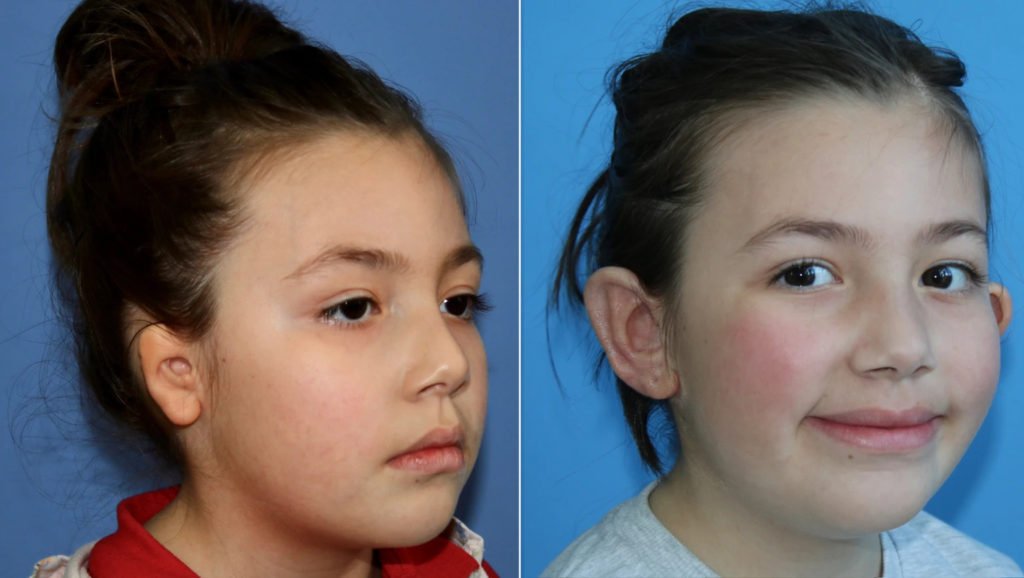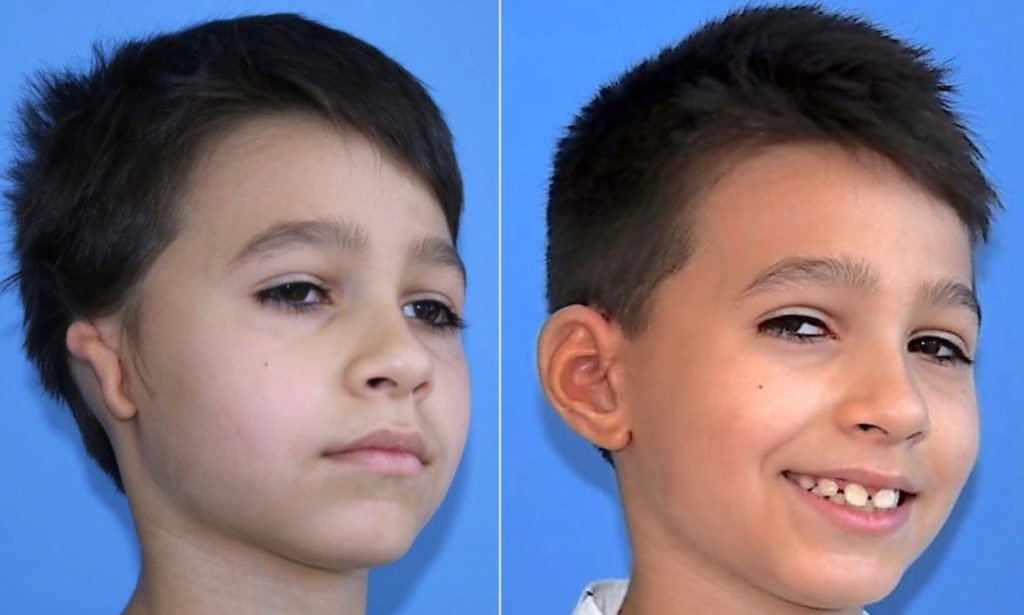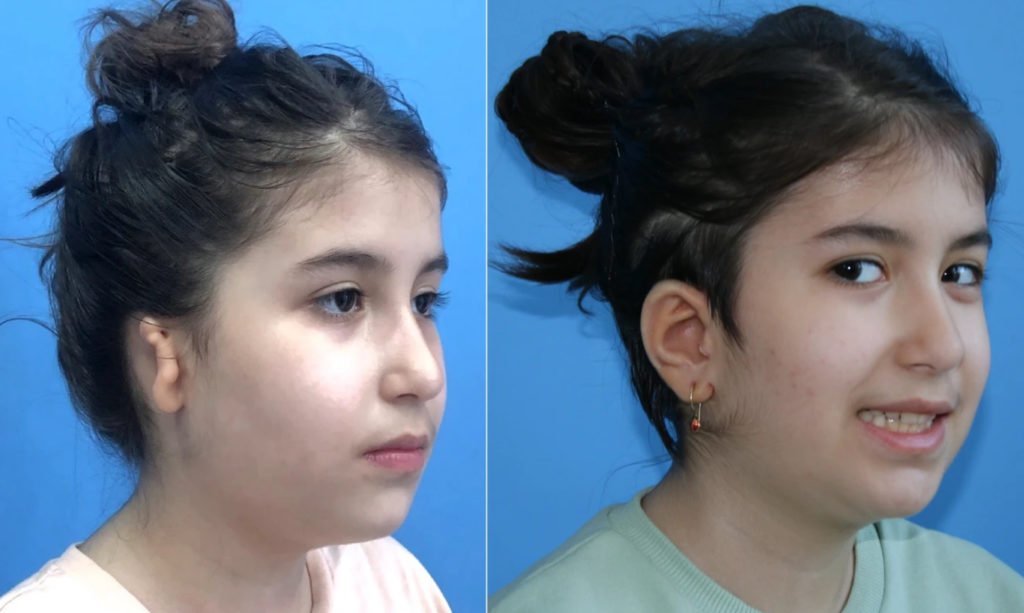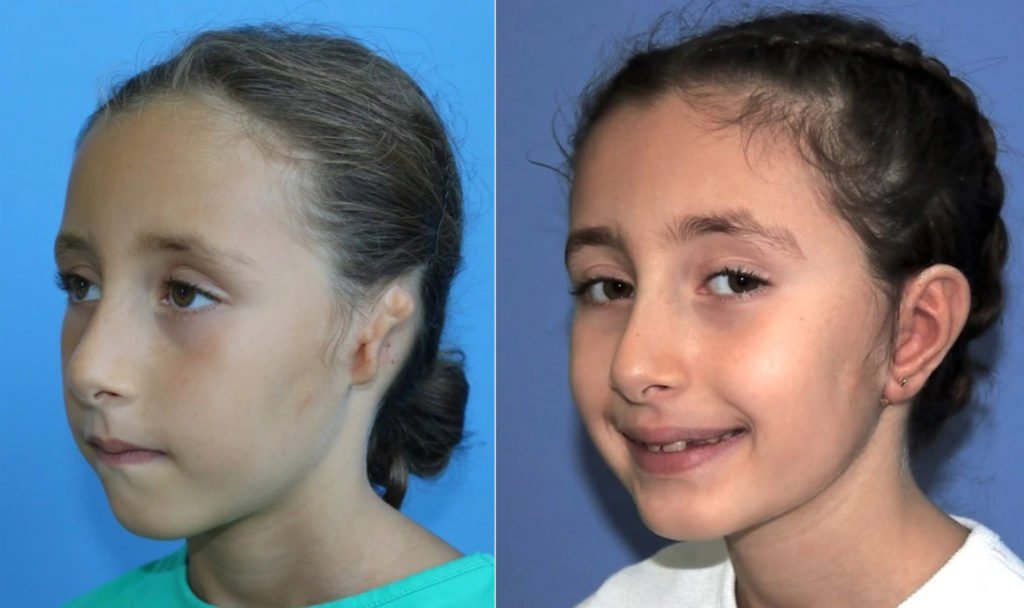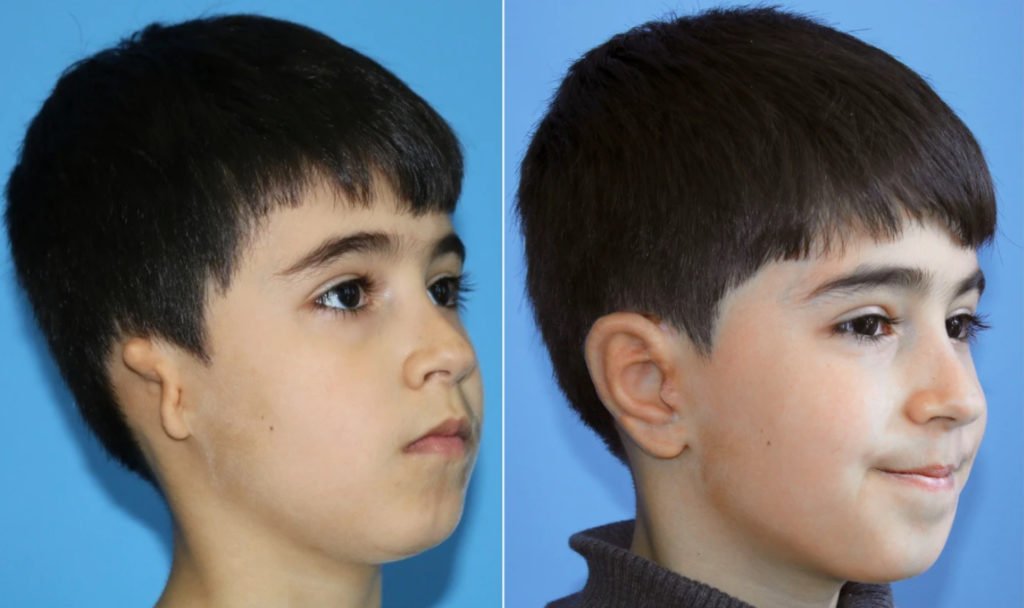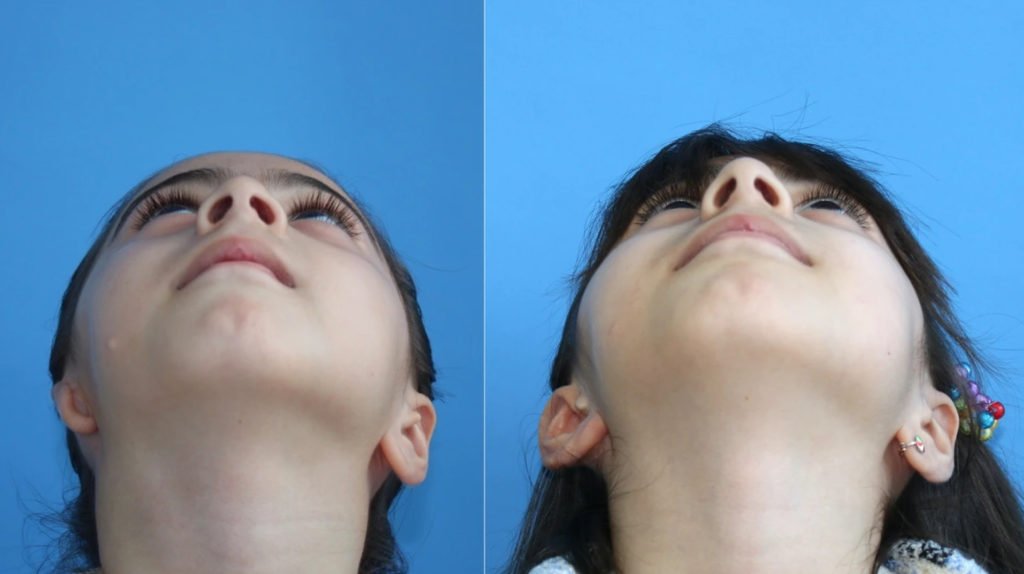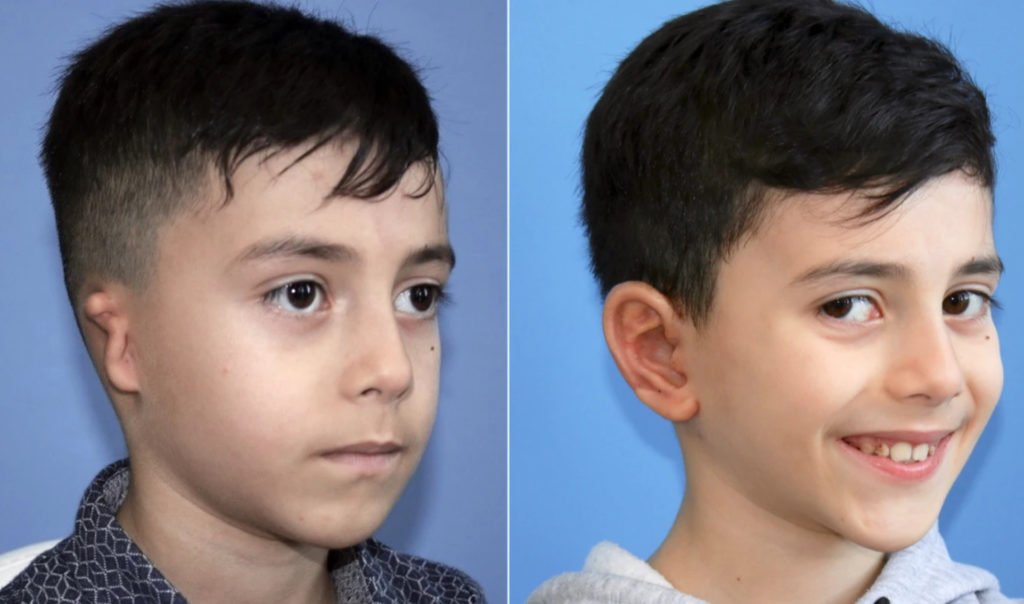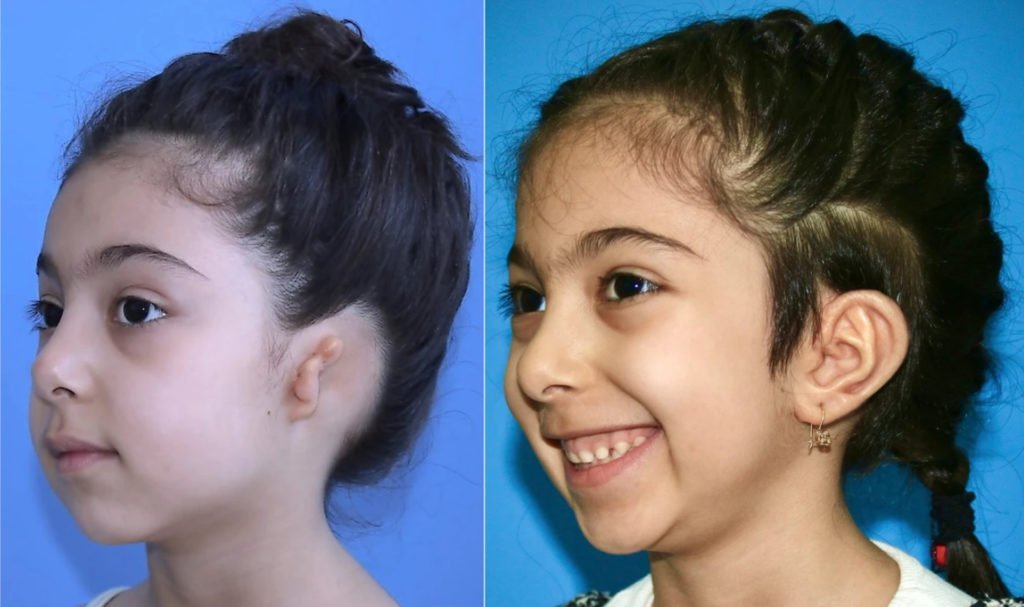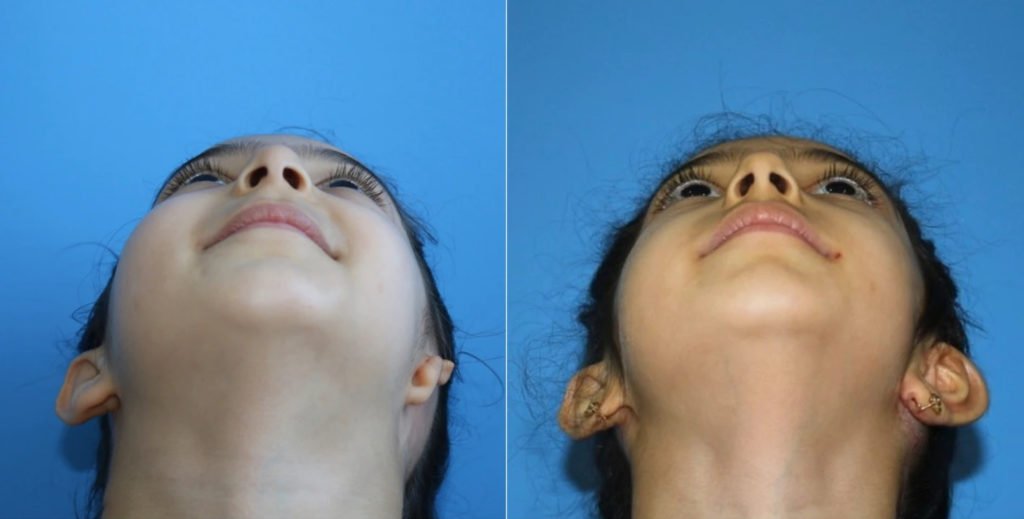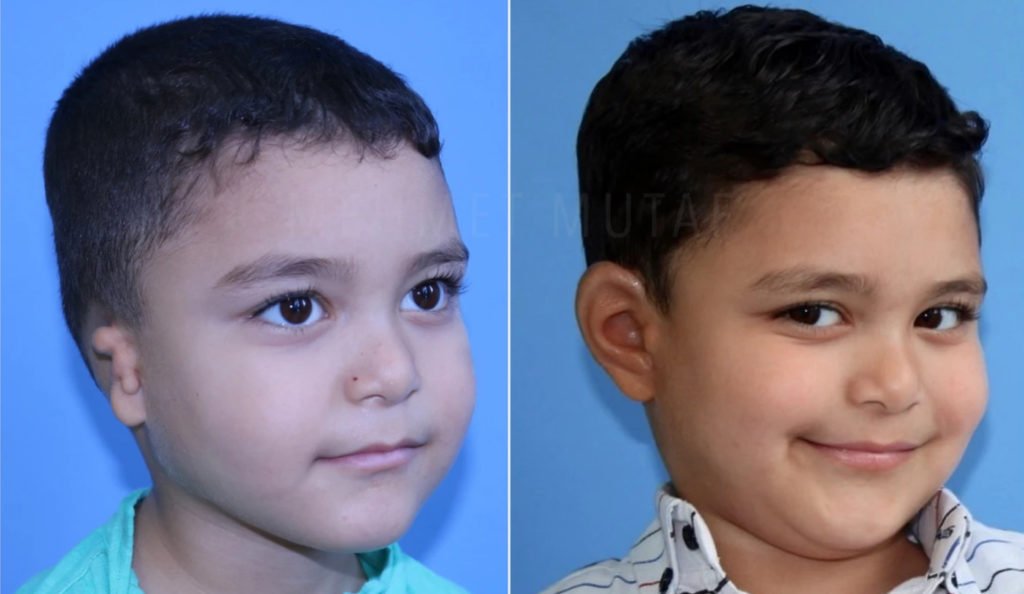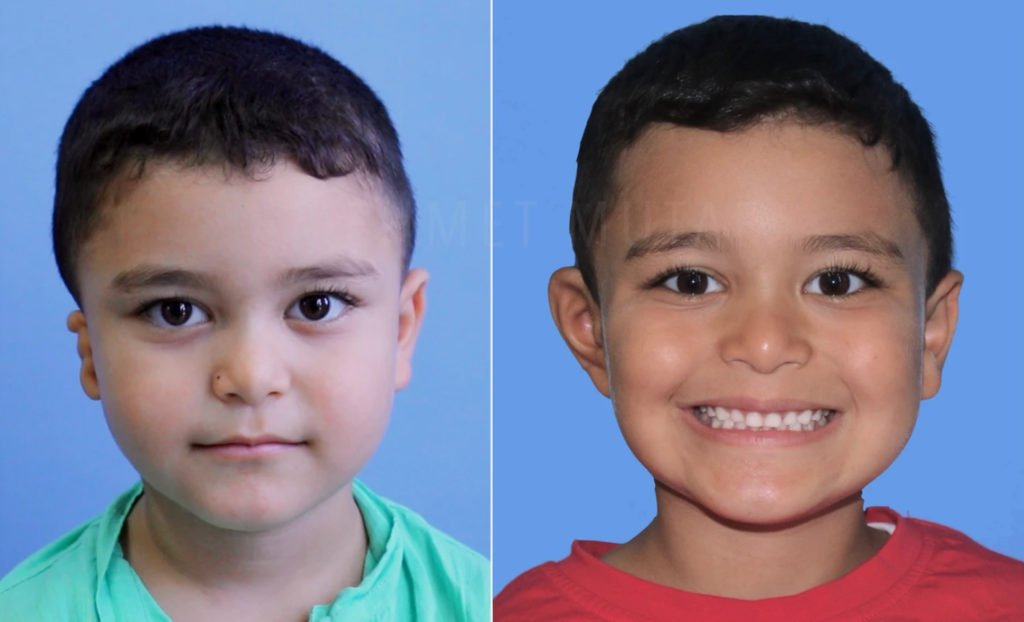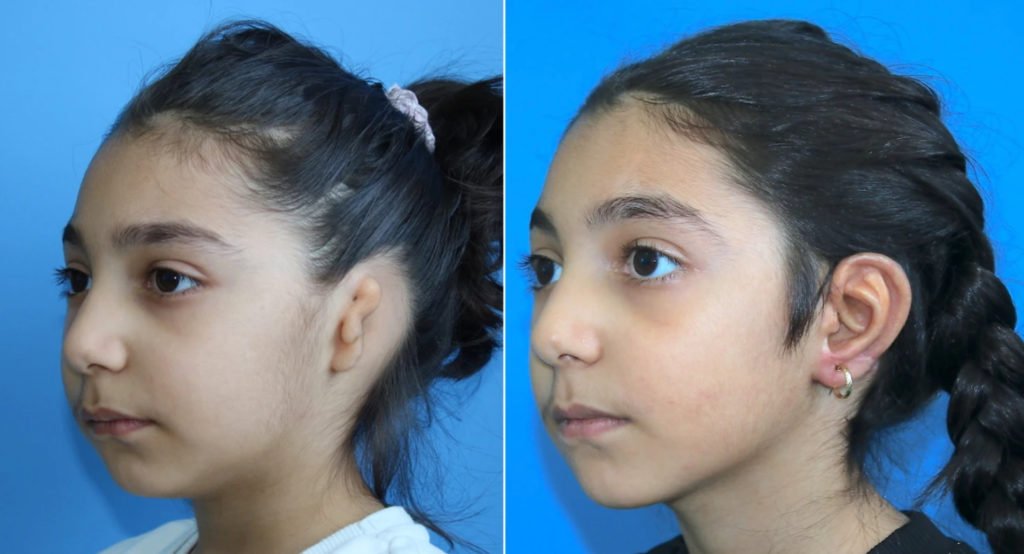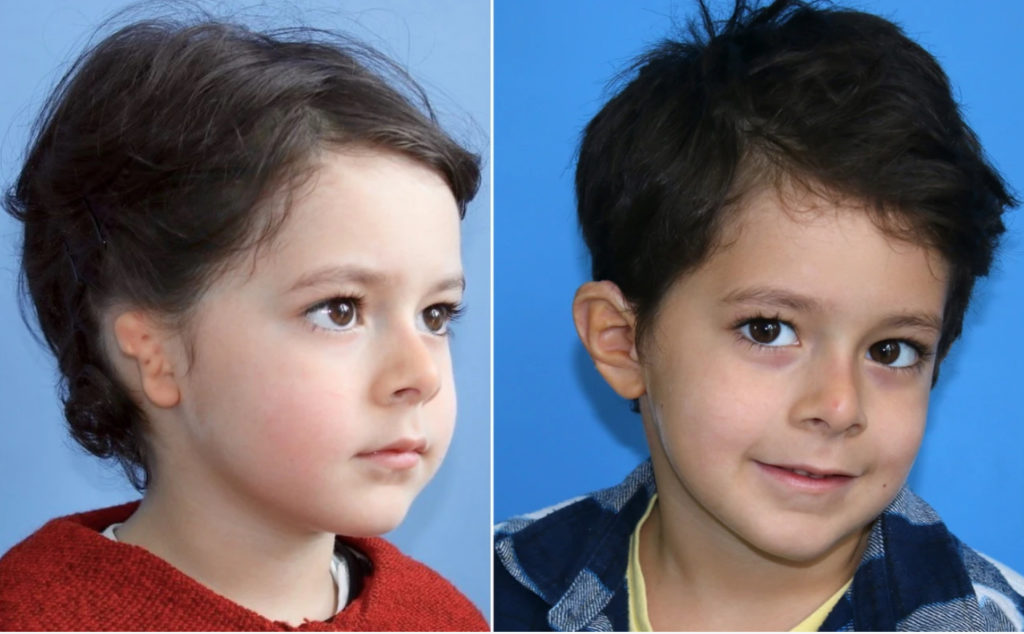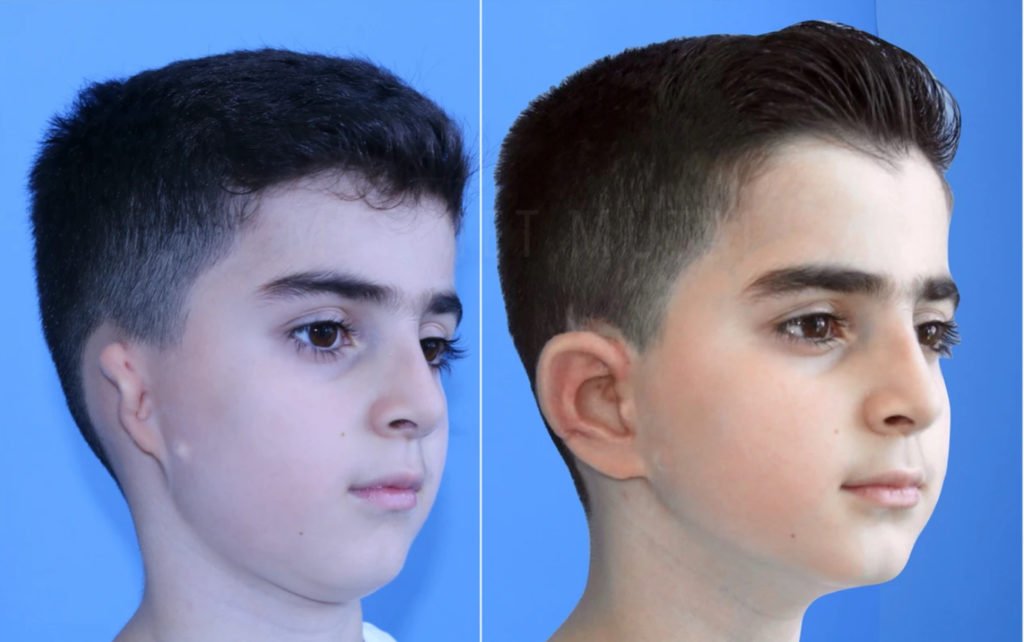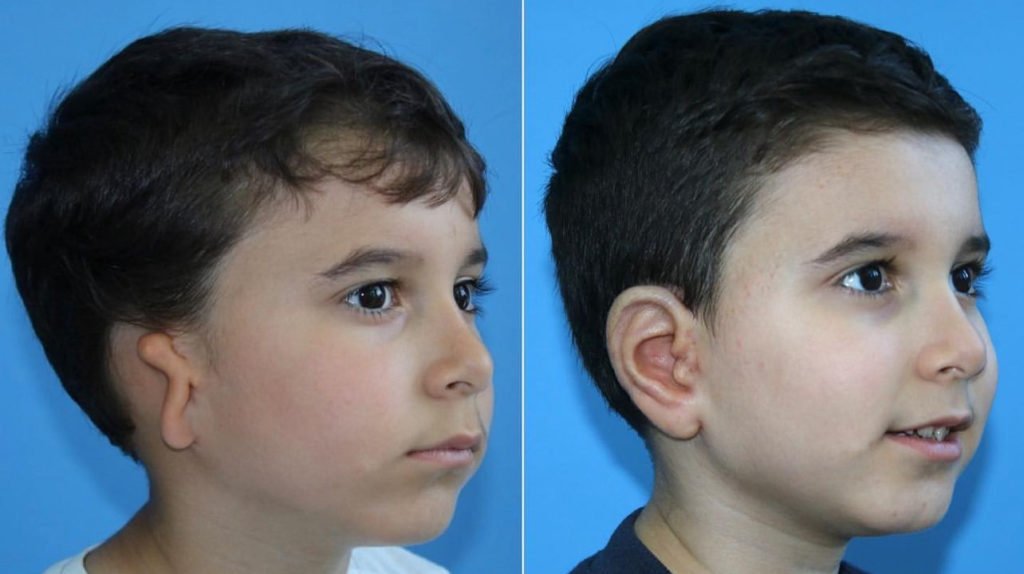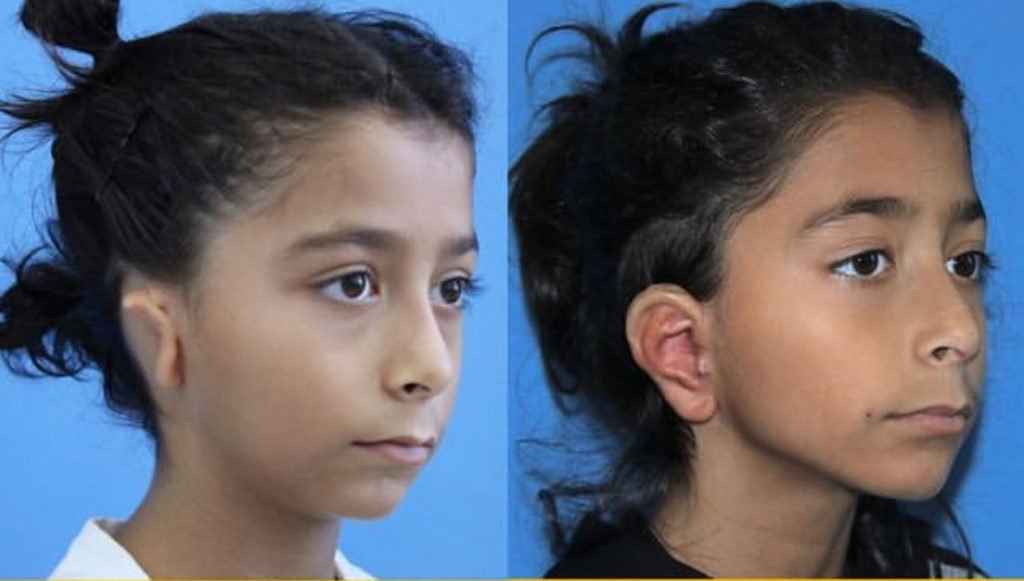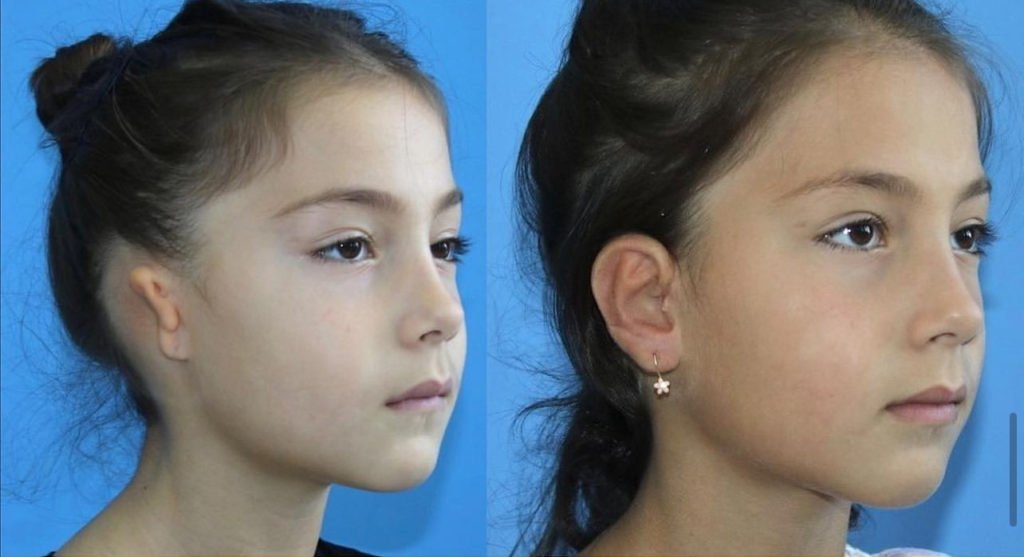We Answer All Your Questions: What is Microtia, What are the Causes of Microtia, Can Microtia be Corrected, What is the Cost, Who is the Best Microtia Surgeon?
Microtia, a term derived from Latin meaning “small ear”, is a congenital developmental anomaly impacting the external auditory canal, middle ear, and auricle. Approximately one in 10,000 children worldwide is born without developing an auricle, with a higher prevalence in boys. This condition is typically unilateral (90%), with the right side more commonly affected than the left.
Key Facts:
1. Incidence: 1 in 10,000 children globally are born with microtia.
2. Gender Disparity: It affects boys twice as often as girls.
3. Unilateral Cases: In 90% of instances, microtia is unilateral, with the right ear being more prone.
4. Bilateral Cases: Though less common, both ears may be involved.
5. Syndromic Cases: About 30% of microtia cases are syndromic, associated with other congenital anomalies.
6. Population Variances: Microtia is more prevalent in Asian, Native American, and Hispanic populations.
7. Hearing Impairment: 90% of children with microtia experience conductive hearing loss.
8. Associations: Microtia is often linked with ear atresia and middle ear growth retardation.

Classification:
Microtia is classified into three types or grades:
1. First Degree: The middle ear shape is nearly normal, but it remains small in size, with a typically normal auditory canal.
2. Second Degree: Significant developmental retardation and deformity in the upper parts of the ear, with the lower parts close to normal; the auditory canal is typically closed.
3. Third Degree: The most common type, featuring a small, “peanut”-shaped formation with deformed cartilage tissue instead of the auricle; the auditory canal is completely closed.
4. Fourth Degree: Some patients exhibit no remnant of the auricle, referred to as 4th degree microtia or “ANOTIA,” indicating congenital absence of the ear.
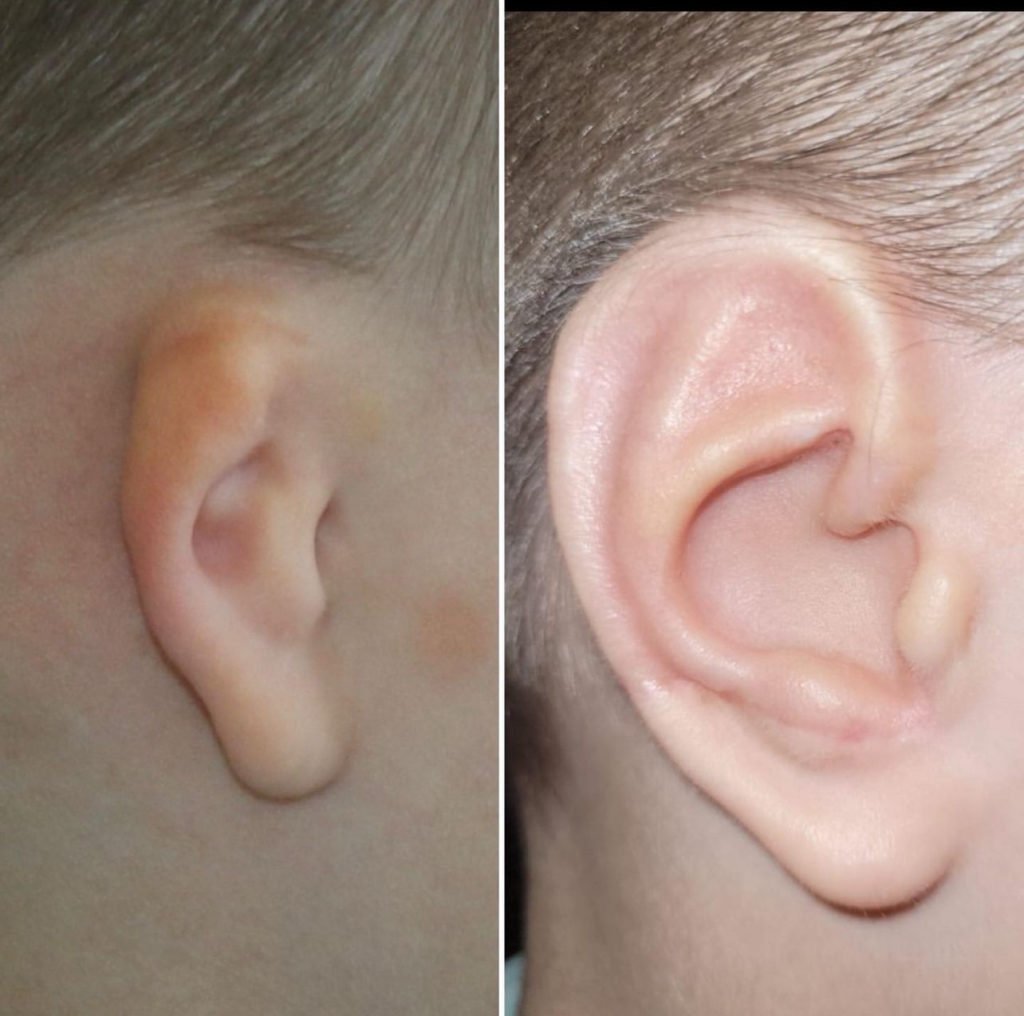
Causes of Microtia:
Microtia arises from adverse events during the first three months of pregnancy, a critical period for ear development. While insufficient Stapedial Artery circulation is believed to contribute, specific factors affecting this vessel remain unclear. Microtia may result from a combination of environmental, genetic, and unknown factors. Known contributors include maternal viral infections, alcohol and cigarette consumption during pregnancy, certain medications (thalidomide, isotretinoin), and diabetes.
Is Microtia Genetic?:
In “syndromic” cases with additional anomalies, there’s a familial predisposition, but in “sporadic” cases with isolated microtia, there’s no genetic transmission. The risk of passing microtia to a child is low, with only a 5% increase in incidence. Genetic tests are generally unnecessary unless there are accompanying anomalies or familial predisposition. Timely examinations, including 3D tomography, abdominal ultrasonography, and eye exams, are crucial for early detection and comprehensive treatment planning.
Understanding Microtia: A Journey After Birth:
When a child is born with microtia, a rare congenital anomaly not widely known beyond specialists, families often face a lack of comprehensive information. Unfortunately, this can lead to misguided examinations and both tangible and intangible losses. Parents, grappling with the shock of their child having microtia, may initially question themselves, wondering if they somehow caused this condition. However, it’s crucial to understand that there’s no definitive information on the exact cause of microtia, alleviating the need for self-blame.
In the early stages, it’s common for parents to feel isolated in their experience. However, as they delve into research, they quickly discover a global community facing the same challenges. The quest for answers becomes an exhaustive process, involving thorough research and seeking out the right specialists for their child.
Moreover, the geographical limitation of finding experienced microtia specialists adds an additional layer of complexity. In response to these challenges, this website aims to serve as a resource, providing guidance on what to expect after a child with microtia is born, including the examinations, tests, and treatments that will be undertaken.
Empowering Families:
Despite the initial shock and exhaustive research, it’s essential to highlight that successful outcomes are achievable. Throughout the professional journey, countless individuals with microtia have grown to become successful doctors, teachers, and businessmen. This serves as a beacon of hope for parents who may initially feel overwhelmed.
If you find yourself in the position of having a child with microtia, or if you are an individual born with microtia, it’s important to recognize that you are not alone. Approximately 1 in 10,000 children is born with microtia, making it a relatively uncommon condition. The lack of widespread information, even among non-specialist doctors, underscores the need for resources like this website.
Addressing Concerns and Building Confidence:
Parents often wonder how to approach discussions with their child about microtia. Contrary to popular belief, children are aware of differences in their physique, usually starting around the age of four. Initiating open conversations with calm and reassuring tones allows children to accept microtia without negative effects on their self-esteem.
It’s crucial to dispel any tendency to hide the physical difference, as this can lead to self-confidence issues in children. The right approach involves informing the child about their unique condition from the very first question. This openness fosters a healthy understanding and acceptance of microtia, often leading children to express their interest in ear reconstruction themselves.
Parents are encouraged to share the journey with their child, discussing the beauty of their new ears, potential activities post-reconstruction, and other aspects that the child may look forward to. Trust between parents and children is paramount, and keeping promises made before examinations or ear reconstruction is crucial.
In conclusion, microtia is a treatable condition, and with the right medical care, children born with microtia can lead entirely normal lives. This website serves as a beacon of support, providing information and guidance to empower families navigating the unique challenges associated with microtia.
Understanding the Psychological Impact of Microtia on Children:
Children typically begin questioning their own bodies around the age of four, driven by an awareness that may stem from self-realization or teasing behaviors from peers. In managing these situations, family members, teachers, and friends bear the responsibility of avoiding attitudes that emphasize congenital differences. Instead, informing children about their inherent physical distinctions can empower them to face their situation with confidence.
For children born with bilateral microtia, challenges related to hearing loss take precedence over physical appearance differences. It’s crucial not to exhibit fatigue or impatience when repeating information for a child with significant hearing difficulties or addressing their questions. Failure to do so may lead to a sense of isolation, exacerbating the negative psychological impact.
Addressing Psychological Trauma:
Children born with bilateral microtia often experience deep psychological trauma affecting speech and socialization. Early intervention, such as the use of hearing aids before six months of age, becomes imperative to mitigate these challenges.
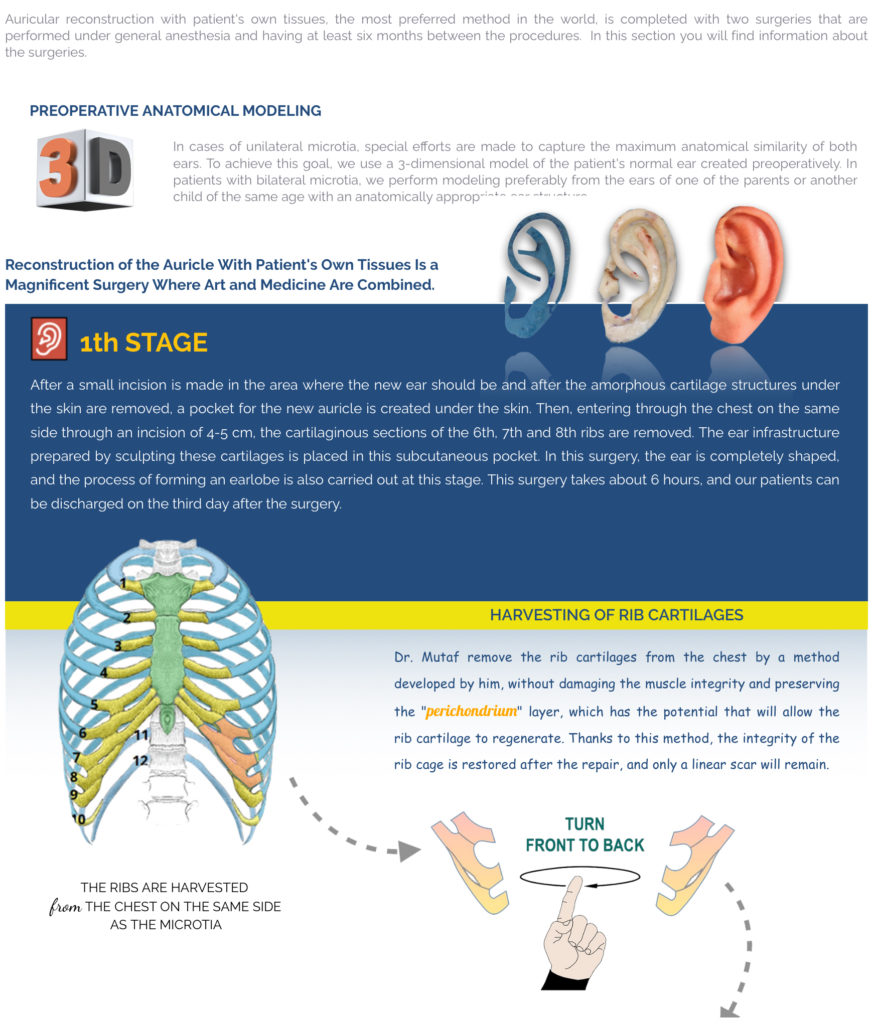
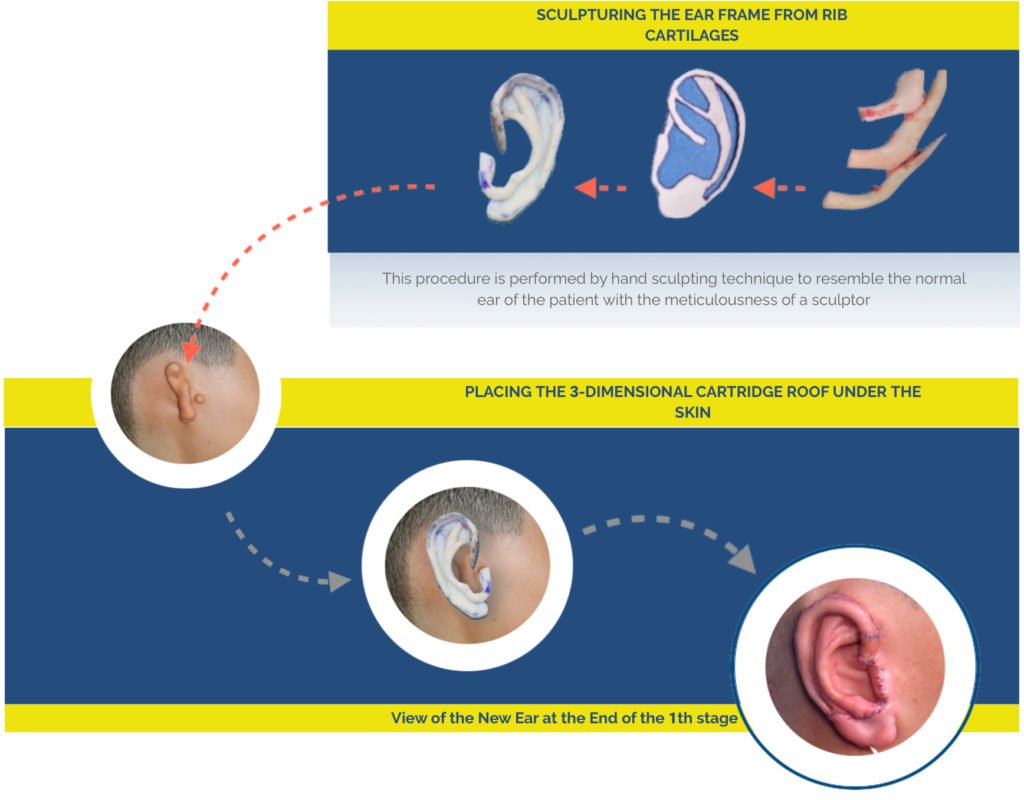
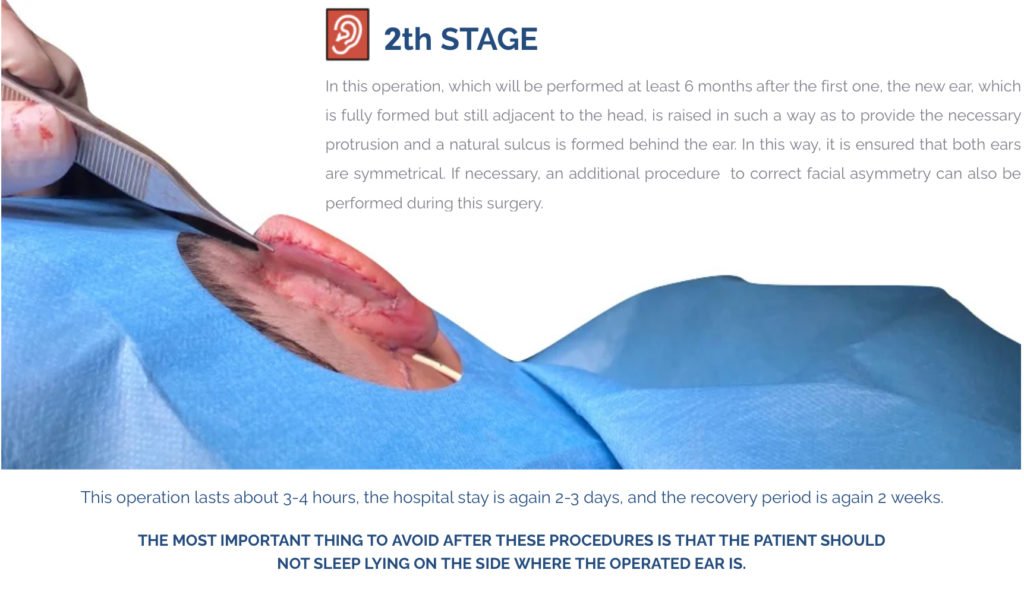
Selecting a Surgeon for Ear Reconstruction:
Choosing the right surgeon for ear reconstruction is a critical factor in the success of the procedure. Due to the intricate 3D structure and fine details of the ears, a plastic surgeon with special talent, dedication, knowledge, and experience in this field should perform the surgery.
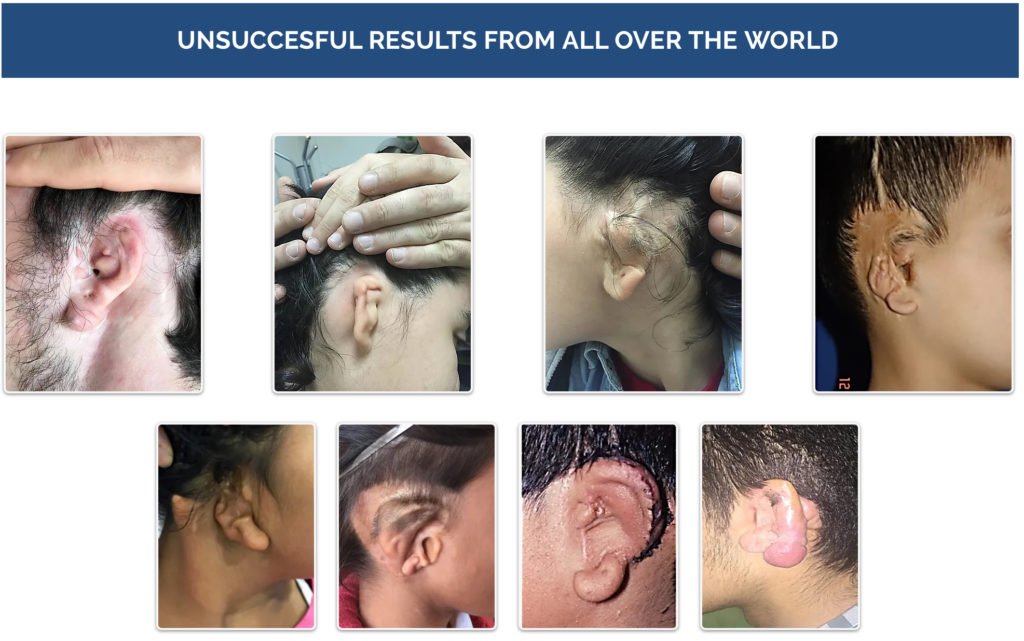
Key Criteria for Choosing an Ear Reconstruction Surgeon:
1. Research: Conduct thorough research to identify the most experienced surgeons.
2. Results: Request to see the results of the surgeon’s previous surgeries and speak to other patients’ families.
3. Photographs: Examine preoperative and postoperative photographs, ensuring high-quality images are provided.
4. Tissue Preservation: Inquire about the surgeon’s approach to prevent wasting tissues and the potential loss of the chance for new ear reconstruction.
5. Wait for the Right Surgeon: If there is no experienced and reliable surgeon with demonstrable good results in ear reconstruction available locally, it’s advisable to wait.
Choosing a skilled and experienced surgeon is crucial for the success of ear reconstruction. Waiting for the right professional ensures the safety of the treatment, with the resulting auricle being indistinguishable from a normal ear.
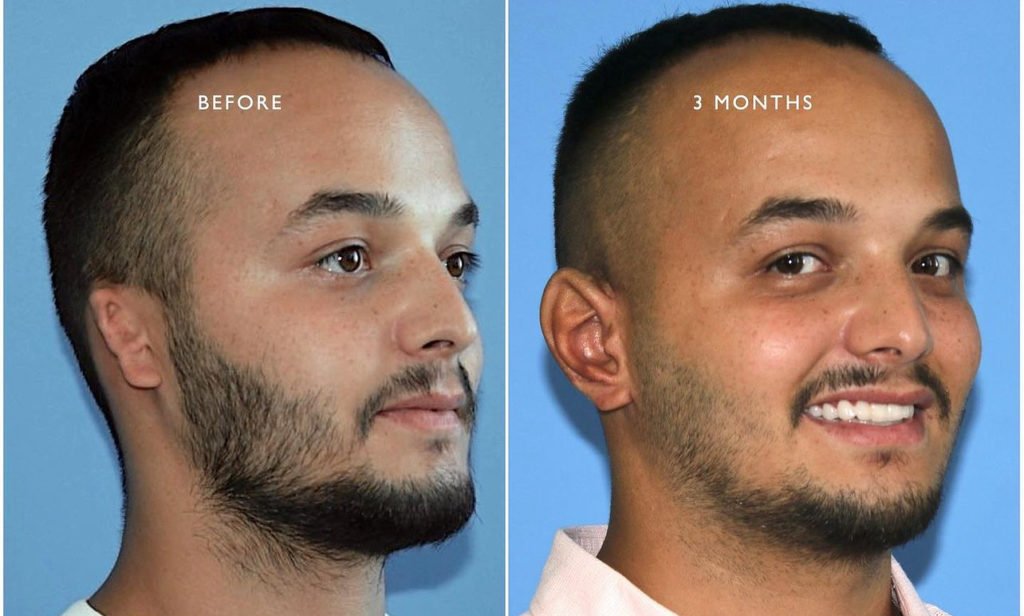
Autologous Ear Reconstruction in Adults:
For adults born with microtia who couldn’t undergo ear reconstruction in childhood, there’s promising news. The information about ear reconstruction in microtia children also applies to adults. A new ear can be crafted through a two-stage surgery using the individual’s tissues. However, for some adults, around the age of 40, there might be hardening and ossification of rib cartilages, which could impede auricular reconstruction with their own tissues. In essence, if rib cartilage maintains elasticity, ear reconstruction is viable irrespective of age. A computed tomography examination helps determine the feasibility of constructing an auricle with the patient’s cartilage in adult cases.
Psychological Preparation for Ear Reconstruction:
Well-prepared children adapt more easily to the treatment process, making both the operation and the postoperative period more comfortable. Parents play a pivotal role in this psychological preparation. Communicating properly about microtia and the upcoming surgery, emphasizing the positive outcomes, showcasing photos of happy children who’ve undergone ear reconstruction, and introducing the surgical team beforehand contribute to effective preoperative preparation.
Preparing Parents for Psychological Support:
Parents’ psychological preparation is crucial for aiding children during surgery and the postoperative period. Children often mirror emotional cues from adults. Setting aside personal fears and worries is essential for parents to support their child and the medical team. Equipping oneself with knowledge about microtia, its treatment, the surgical process, and the healing journey helps control fears.
Talking to Your Child:
After becoming sufficiently informed, parents can explain the process to their child. Taking the time to clarify details in an age-appropriate manner is crucial. Encouraging questions, expressing concerns, and gauging the child’s thoughts help tailor explanations. It’s essential to choose words carefully, adopting a storytelling approach to avoid instilling fear. Honest yet non-threatening language ensures a positive understanding of the surgical experience.
Choosing Your Words Carefully:
Honesty in explanations doesn’t mean inducing fear. Using a storytelling method with carefully chosen words helps children comprehend the surgical process without intimidation. Employing creative expressions and avoiding fear-inducing terms like needle, wound, blood, cut, and stitch contribute to a more positive understanding. The provided table offers sample statements from the perspective of child psychology, guiding parents on what to say and what to avoid during the explanation process.
Effective Preoperative Psychological Preparation Tips:
Entering the operating room can be a sensitive moment, and conventional reassurances like “don’t be afraid, we are here” might inadvertently instill fear and anxiety in the child. Instead, use affirmations that spark eagerness for ear reconstruction, such as a simple, “IT’s GOING TO BE GREAT.” To further motivate your child, consider promising something they desire after the surgery. However, it’s crucial to fulfill these promises to maintain trust between you and your child.
Recommendations for Preoperative Psychological Preparation:
• Ensure your child understands that ear reconstruction will enhance their well-being.
• Clearly communicate when the surgery will take place and how long they will stay in the hospital.
• Utilize children’s books and YouTube videos about hospitals to help them grasp the hospital experience better.
• Encourage your child to express their thoughts through drawing or painting a picture related to ear reconstruction.
• Engage in the “hospital game” with toys before surgery to gauge your child’s feelings and understanding.
• Bring their favorite toy or blanket to the hospital, assuring them it will be there when they wake up.
• Explain the process using child-friendly terms, emphasizing the special “sleeping machine” (anesthesia unit) that ensures they won’t feel anything.
• Avoid directly mentioning injections but explain the necessity of an intravenous catheter with gentle language.
• Address the common fear of pain by being honest but reassuring about the relief provided by medications.
• Only answer questions you know, and if uncertain, assure your child you will find out for them, consulting the medical team if needed.
In essence, your role as parents is to approach this journey positively and supportively, ensuring your children enter the clinic free of fears and worries. If your lovely one is suffering with microtia problem, you are in the best place to find the world renowned and best microtia surgeon in Turkey. Please contact us for more details.
